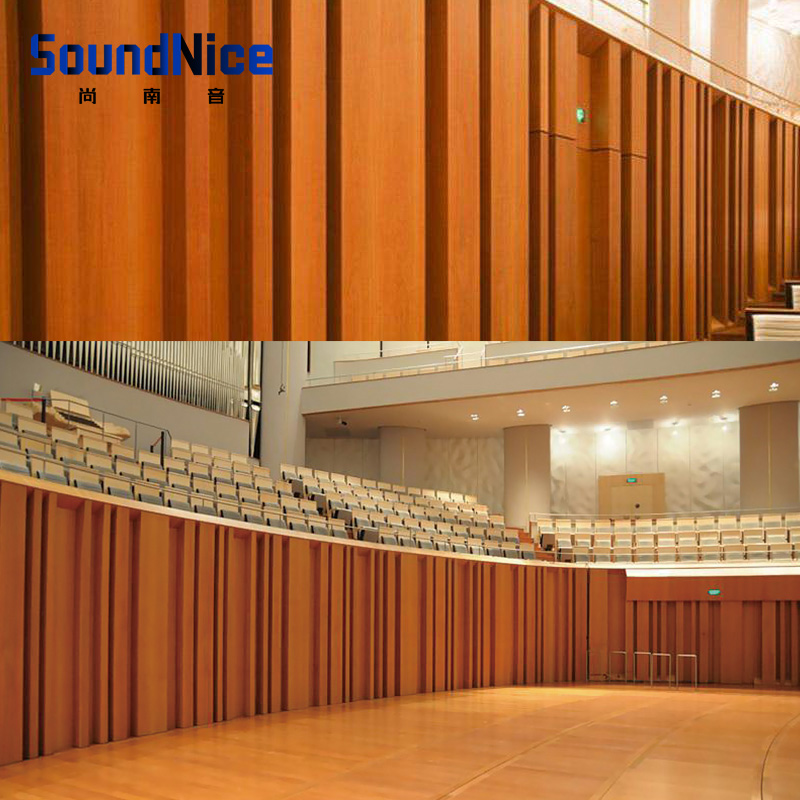
Building Acoustic Panels: Enhancing Sound Quality and Aesthetics
In today's world, where noise pollution is rampant, it's essential to create a peaceful and harmonious environment. Whether it's in a recording studio, a home theater, or an office space, the quality of sound can significantly impact our experience. This is where building acoustic panels come into play.
Building Acoustic Panels: What Are They?
Acoustic panels, also known as sound panels or soundproof panels, are specialized devices used to absorb, diffuse, and control sound reflections. They are typically made from materials with excellent sound-absorbing properties, such as foam, fabric, or wood. By strategically placing these panels on walls, ceilings, or floors, they help minimize sound distortion and enhance the overall acoustic experience in a room.
Types of Building Acoustic Panels
When it comes to building acoustic panels, there are several types to choose from. Each type offers unique characteristics and is suitable for specific applications. Let's explore some of the most common types of acoustic panels.
Fabric-Wrapped Panels
Fabric-wrapped panels are one of the most popular choices due to their versatility and aesthetic appeal. These panels consist of a rigid frame wrapped with acoustically transparent fabric. They can be customized with various fabric colors and patterns to suit any interior design.
Foam Panels
Foam panels, also known as foam wedges or pyramid panels, are lightweight and easy to install. They feature a textured surface that helps scatter and absorb sound waves, reducing echo and reverb.
Wooden Panels
Wooden panels offer a more natural and rustic aesthetic. They are commonly used in recording studios, concert halls, and theaters due to their excellent sound absorption properties. These panels are available in different wood finishes, allowing you to achieve the desired look.
Diffusion Panels
Diffusion panels are designed to scatter sound reflections in multiple directions, creating a more balanced and immersive audio experience. They help reduce flutter echo and create a sense of spaciousness in a room.
The Benefits of Building Acoustic Panels
Building acoustic panels offer a myriad of benefits, making them an invaluable addition to any space. Here are some of the key advantages they bring:
Improved Sound Quality: By reducing echo and reverb, building acoustic panels enhance sound clarity and definition, allowing you to hear audio content with greater precision.
Noise Reduction: Building acoustic panels help reduce outside noise interference, ensuring a quieter and more focused environment.
Enhanced Speech Intelligibility: Whether it's a conference room or a lecture hall, building acoustic panels improve speech clarity, making it easier for listeners to understand and engage with the speaker.
Aesthetically Pleasing: With a wide range of designs and customization options available, building acoustic panels can blend seamlessly with any interior decor, adding a touch of elegance to the space.
Increased Privacy: In environments where confidentiality is crucial, such as recording studios or office meeting rooms, building acoustic panels help maintain privacy by preventing sound leakage.
Installation of Building Acoustic Panels
Assess the Room: Begin by evaluating the room's acoustic characteristics. Identify areas with the highest sound reflection and determine the optimal placement for the panels.
Calculate Panel Quantity: Measure the dimensions of the walls, ceilings, and floors to determine the number of panels required. Consider the panel size and spacing for effective sound absorption.
Mounting Options: Building acoustic panels can be mounted using various methods, including adhesive, impaling clips, or Velcro. Choose the mounting option that best suits your needs and follow the manufacturer's instructions for proper installation.
Arrangement and Positioning: Experiment with different panel arrangements to achieve the desired acoustic effect. Place panels at reflection points, corners, and other strategic locations to maximize sound absorption.
Maintenance: Regularly clean and inspect the panels to ensure their effectiveness over time. Vacuum or gently brush the fabric or foam surfaces to remove dust and dirt.
Conclusion
Building acoustic panels offer a practical and aesthetically pleasing solution to enhance sound quality and create a more enjoyable environment. Whether you are a sound engineer, an audiophile, or someone seeking a peaceful and immersive listening experience, building acoustic panels is a worthwhile investment. So, take control of your acoustic environment and enjoy the sound quality you deserve.









Leave a comment